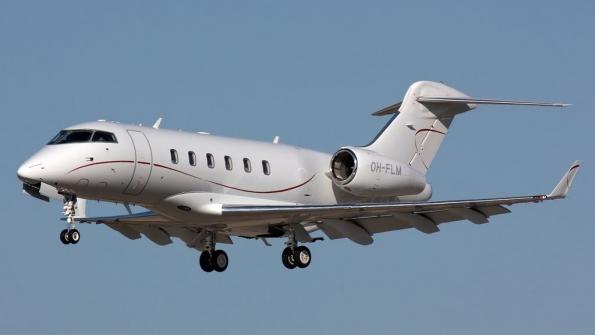Ten-Year Bizjet, Turboprop Deliveries To Total 9,994, Aviation Week Says

Business aircraft manufacturers worldwide are projected to deliver 7,404 new business jets and 2,590 new turboprops over 10 years from 2021 to 2030, valued at a total of $236.5 billion at list prices, with demand for maintenance, repair and overhaul services expected to total $102 billion, according to a new forecast by the Aviation Week Network’s 2021 Business Aviation Fleet & MRO Forecast.
Deliveries of jets and turboprops are expected to reach 800 in 2021, growing to nearly 1,100 by 2026–down nearly 20% from previous projections.
In 2021, manufacturers are projected to deliver 612 jets, from very light jets to VVIP business jets, and 185 turboprops, compared to pre-COVID-19 projected deliveries in 2020 of 1,000. Going forward, deliveries are expected to take until 2024 or later to return to 2019 levels, the forecast says.
Meanwhile, the world’s business jet fleet is expected to slowly expand at a 1.3% compound average growth rate from 2021 to 2030, with large jets growing the most at a compound annual growth rate of 2.3%, followed by small jets at 1.1% and medium jets at 0.7%. In contrast, the fleet of turboprops is expected to decline at a compound annual rate of -0.8%, largely due to the number of older aircraft in the fleet, the forecast says. At the same time, business jet retirements are projected to rise slightly compared to the previous 10-year-period with a total of more than 8,000 retirements.
During the coronavirus pandemic, which affected aviation worldwide, business jet deliveries dropped severely in the first half of 2020. The impact is expected to lessen as 2020 ends and operators adjust to a new normal, said Brian Kough, Aviation Week Network senior director of forecasts and aerospace insights.
“Seeing utilization rates drop massively in early 2020 was almost as stunning as the swiftness in the muted recovery,” Kough said. “Business operations are a promising hope in an otherwise dire civil aviation story. Unfortunately, a patchwork of international restrictions has hampered the longest flights, but more hope abounds for a market finally able to capitalize on its unique value proposition. Although business jet deliveries were down severely in the first half of 2020, the effects of the global pandemic are anticipated to have a lessening impact by late 2020 and 2021 and operators adjust to a new normal.”
Business jet and turboprop deliveries fell 27% during the first eight months of 2020 compared to the same period a year ago. Business jets declined 36% during the eight-month period to 333 units, while turboprop deliveries dropped 39% to 107 units, the latest Aviation Week Network data says.
Looking forward, the Cirrus Vision Jet is expected to lead all business aviation deliveries by unit over the next 10 years with 919 shipments, followed by the Pilatus PC-12 at 657 and the Pilatus PC-24 at 526.
Excluding very light jets, the Pilatus PC-24 will lead business jet deliveries, followed by Bombardier’s Challenger 350 at 476 units and Embraer’s Phenom 300 with 475.
North America is expected to accept new business jets and turboprops valued at $150 billion at retail prices, followed by Western Europe at nearly $40 billion.
“Airframers across the board have suffered during 2020 reflected in mass layoffs, but new deliveries should stabilize at lower rates for the near future,” Kough said. “Stimulus rates from low capital rates, which has energized aircraft refinancing and sales, along with renewed interests in charter and fractional activity, is expected to help drive business aviation into positive territory albeit lower than 2018-19 levels. For once in its checkered history, business operations have been a vanguard promising hope to a larger aviation market capitalizing on the ability to shield passengers from crowded terminals and packed aircraft.”
10-Year MRO Demand
From 2021 to 2030, overall business aircraft maintenance, repair and overhaul demand is projected to total $102 billion with a compound annual growth rate of 2.3%, influenced by the persistence of older, more expensive aircraft in the fleet, Kough says. Demand will be led by North America, which is projected to create nearly $67 billion in services, followed by Western Europe with $13.7 billion.
Projected demand includes business jet MRO services of $88 million with an annual growth rate of 3.2%, the forecast says.
By type certificate holder, Textron Aviation products, including Cessna, Beech and Hawker, are expected to lead demand and create $32.6 billion in MRO requirements over the next decade, followed by Bombardier at $18.4 billion.
The modification aftermarket is expected to lead all categories of demand and produce nearly $33 billion in services, followed by engine maintenance at nearly $29 billion.
To learn how you can gain access to the 2021 Business Aviation Fleet & MRO Forecast, click here (link to https://pgs.aviationweek.com/awcforecast). Forecast models covering helicopter, commercial and military are also available.
